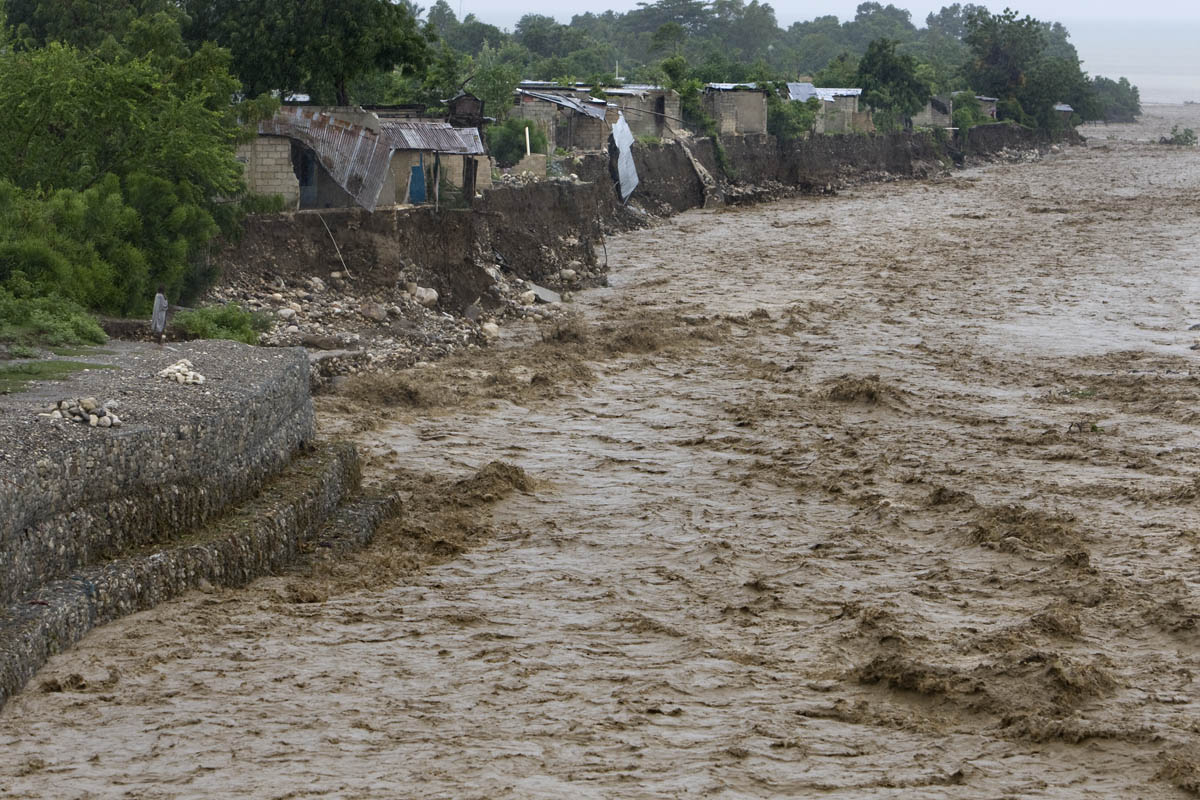Blog post from Prof. Walter Kaelin published on PreventionWeb on 31 July 2017.
Disaster displacement ranks among the biggest humanitarian challenges of the 21st century.
In 2016, new disaster related displacements stood at 24.2 million in 118 countries according to the latest report of the Internal Displacement Monitoring Center. Those who are forced to leave their homes may end up finding refuge elsewhere, but they pay a heavy price as displacement is a devastating experience. While most disaster displaced persons remain in their countries, some are forced to cross borders.
The Chair’s Summary from the recently concluded 2017 Global Platform for Disaster Risk Reduction in Cancun emphasises the importance of disaster displacement and calls for the development of disaster risk reduction strategies, which “consider regional and cross-border perspectives and include provisions that aim to prevent displacement attributed to disasters and reduce displacement risk, address the protection needs of displaced people and promote durable solutions to displacement”.
Such policy achievements represent unique opportunities to address and reduce the risk of disaster displacement. The Platform on Disaster Displacement advocates for states to formulate and integrate disaster displacement and human mobility provisions into their national and regional DRR strategies, while engaging in a coordinated partnership through an all-of-society engagement.
Suggested policy provisions include:
Prevention of displacement and reduction of displacement risk by:
- Scaling up efforts to reduce disaster and climate risk and strengthening the resilience and adaptive capacity of people at risk of displacement by investing in infrastructure, safe housing and livelihood diversification.
- Facilitating adaptive measures such as voluntary migration in areas facing high levels of disaster and climate risk and including participatory planned relocation as a protective measure of last resort in DRR policy and practice.
Addressing the protection needs of displaced people through:
- Establishing capacity for preparedness and community-based early warning systems in order to prepare for safe and timely evacuations if displacement becomes unavoidable, thus ensuring the protection of all displaced persons.
- Preparing for cross-border disaster-displacement through regional and transboundary cooperation and joint contingency-planning, and providing humanitarian protection as per the Nansen Initiative Protection Agenda.
Promoting durable solutions to displacement:
- As part of post-disaster recovery and rehabilitation, “build back better” and ensure that those who can return or settle elsewhere have access to adequate housing, basic services and the restoration of livelihoods.
Going forward, the Platform working with some of its Advisory Committee members (UNISDR, IOM, UNHCR, NRC AND IDMC) is going to draft practical guidance on disaster displacement and DRR (“Words into Action”) in order to help states implement the Sendai Framework and their commitments.
Countries seeking advice on how to include displacement provisions in their DRR policies and strategies by 2020 (Sendai Framework Target E) are invited to contact the Platform on Disaster Displacement Coordination Unit.
Read more about Prof. Kaelin, Envoy of the Chair of PDD
Read the Chair’s Summary of the Global Platform for Disaster Risk Reduction















